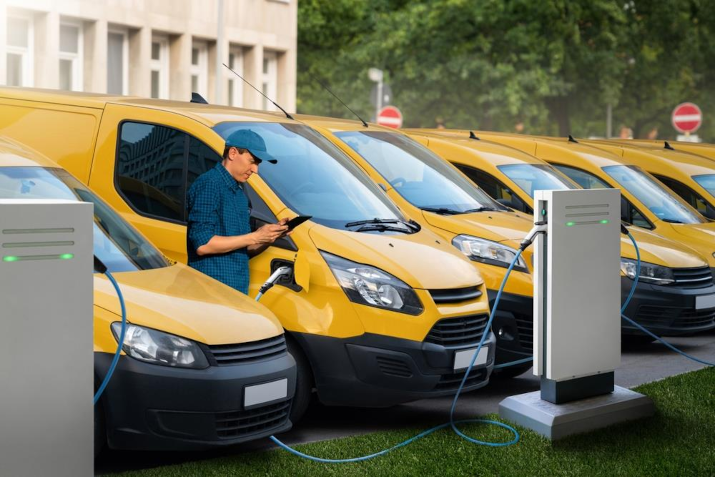Insight Focus
- Carbon credits should not be an organisation’s only route to net zero emissions.
- They should complement internal emission reductions.
- But they can help companies understand the full extent of their environmental impact.
Carbon offsets are enjoying a growing profile among corporates worldwide as the most immediate response to the climate challenge. They’re being presented in some quarters as a low-impact way to achieve carbon neutrality, by essentially balancing out an entity’s carbon footprint.
But new guidance issued last month by the United Nations and by the International Standardisation Organisation (ISO) have emphasised that carbon credits must not be a company’s only route to achieve net zero emissions.

Instead, both organisations say, carbon credits should only be used to complement internal emission reductions as part of an established “net zero pathway”.
The ISO defines net zero as “the condition in which human-caused residual greenhouse gas emissions are balanced by human-led removals over a specified period and within specified boundaries”.
The UN’s High Level Expert Group on Net Zero Commitments makes it clear:
“Non-state actors must prioritise urgent and deep reduction of emissions across their value chain. High integrity carbon credits in voluntary markets should be used for beyond value chain mitigation but cannot be counted toward a non-state actor’s interim emissions reductions required by its net zero pathway.”
In other words, carbon credits should be purchased only after a company has put in place, and is executing, its own pathway to net zero emissions.
This places a far greater burden on companies, by requiring them to undertake much greater investment to decarbonise their entire supply chain before offsetting any unavoidable emissions.

So if offsetting existing emissions doesn’t represent a sustainable long-term movement towards net zero, what role do carbon credits play?
For many corporates, investing in carbon offsets represents an opportunity to learn the full extent of their environmental impact. Carrying out an enterprise-wide carbon footprinting exercise – over all three scopes – establishes the extent of the challenge and highlights areas where relatively low-cost improvements may be made.
For many corporates, shifting their energy consumption to renewable sources is the biggest and most immediate decarbonisation they can implement. Transitioning to electric vehicles for logistics also represents an easy win.

But for many industrial firms, process emissions can be a challenge. For example, cement and chemical manufacture involves the generation of process emissions that are not easily reduced and for these industries, technological solutions are still in their infancy.
Tackling these harder-to-abate emissions represents more of a long-term challenge, and carbon credits can be used as an interim measure to offset unavoidable emissions, as part of a commitment to reach net zero as soon as technologically feasible.
And where carbon offsets are being used as an interim measure, the ISO states clearly in its guidance that these credits need to represent “human-led removals [including] ecosystem restoration, direct air carbon capture and storage, reforestation and afforestation, enhanced weathering, biochar and other effective methods.”
Markets for credits from reforestation and afforestation already exist, and the number of biochar projects is growing rapidly, as more emitters understand the importance of carbon removal as opposed to carbon avoidance.
Many companies are investing in offsets derived from reducing deforestation – commonly referred to as “REDD+” offsets – which can be seen as also preserving the carbon that is already stored in forests, as opposed to new and additional carbon ‘sinks’.
A large proportion of technology-based carbon credits have historically represented emissions avoided – by investing in renewable energy instead of fossil-fired power or capturing and using waste gases, for example.
Such offsets can be considered as investing in slowing the growth in emissions, but not as absolute reductions, and more and more companies are seeking out carbon credits that represent emissions removed from the atmosphere.
The guidance provided by the UN and by the ISO represent further evidence that reaching the Paris Agreement’s goals of net zero emissions by the middle of the century will be far more challenging and potentially expensive than simply buying carbon credits to offset continuing business-as-usual emissions.














